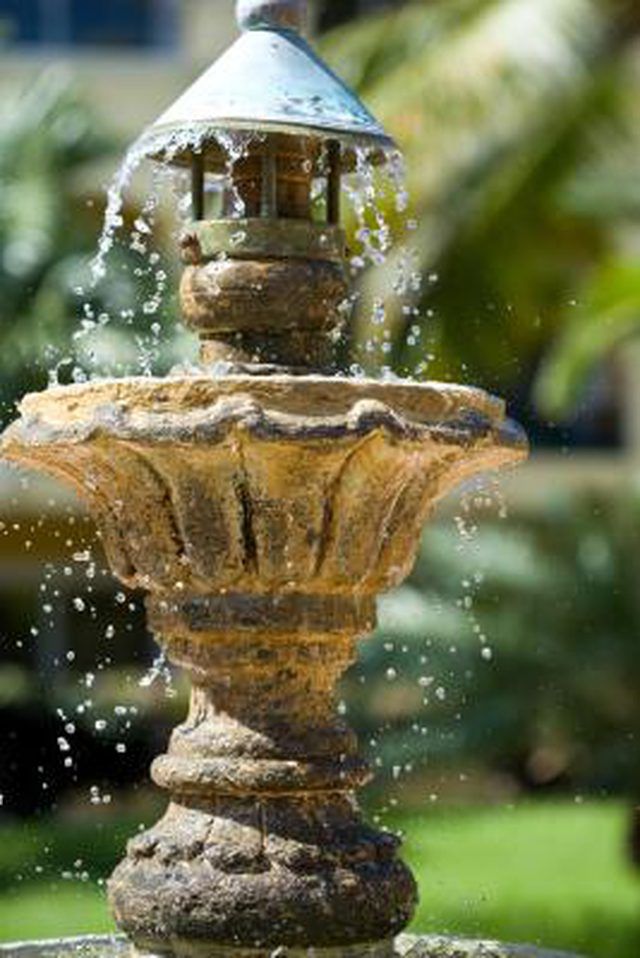Bulbs
Flower Basics
Flower Beds & Specialty Gardens
Flower Garden
Garden Furniture
Garden Gnomes
Garden Seeds
Garden Sheds
Garden Statues
Garden Tools & Supplies
Gardening Basics
Green & Organic
Groundcovers & Vines
Growing Annuals
Growing Basil
Growing Beans
Growing Berries
Growing Blueberries
Growing Cactus
Growing Corn
Growing Cotton
Growing Edibles
Growing Flowers
Growing Garlic
Growing Grapes
Growing Grass
Growing Herbs
Growing Jasmine
Growing Mint
Growing Mushrooms
Orchids
Growing Peanuts
Growing Perennials
Growing Plants
Growing Rosemary
Growing Roses
Growing Strawberries
Growing Sunflowers
Growing Thyme
Growing Tomatoes
Growing Tulips
Growing Vegetables
Herb Basics
Herb Garden
Indoor Growing
Landscaping Basics
Landscaping Patios
Landscaping Plants
Landscaping Shrubs
Landscaping Trees
Landscaping Walks & Pathways
Lawn Basics
Lawn Maintenance
Lawn Mowers
Lawn Ornaments
Lawn Planting
Lawn Tools
Outdoor Growing
Overall Landscape Planning
Pests, Weeds & Problems
Plant Basics
Rock Garden
Rose Garden
Shrubs
Soil
Specialty Gardens
Trees
Vegetable Garden
Yard Maintenance
How to Reduce Mineral Buildup in Fountains
How to Reduce Mineral Buildup in Fountains. Fountains create a sense of serenity and calm while adding an attractive focal point in a garden. Unfortunately, hard water stains and mineral buildup detract from the fountain’s appearance and can be hard to remove. Many effective chemicals can help remove mineral deposits, but they can damage...

Fountains create a sense of serenity and calm while adding an attractive focal point in a garden. Unfortunately, hard water stains and mineral buildup detract from the fountain’s appearance and can be hard to remove. Many effective chemicals can help remove mineral deposits, but they can damage fountain finishes. This is especially true of fountains made of marble, onyx, travertine and limestone. Avoid problems by learning how to reduce mineral deposits and when to clean the fountain. Stick to your cleaning schedule and go through the routine even when the fountain still looks clean. This will prevent your water from reaching a saturation point and depositing a large amount of minerals and sediment in the fountain seemingly overnight.
Things You'll Need
Wet/dry vacuum (optional)
Scrub brush
Soap
White vinegar
Measuring cup
Toothbrush
Distilled water
Empty your fountain completely and wash it once a month. A wet/dry vacuum will help with this task if your fountain does not have a built-in drain. Wash the fountain surfaces with a scrub brush and warm, soapy water.
Dismantle the pump according to the manufacturer’s directions and soak the parts in a solution of 2 cups of white vinegar for every 1 gallon of water. Use a toothbrush to dislodge any stubborn dirt. This vinegar solution can also be used on any stains on the rest of the fountain that the soapy water failed to remove during the fountain cleaning.
Fill the fountain with distilled water. If the fountain is large enough to make distilled water expensive or impractical, use water collected in a dehumidifier or gathered in a rain barrel. Unfiltered tap water is the worst water source you can use to fill your fountain when trying to avoid deposits.
Run the water pump in your fountain continuously except when cleaning it. The continuous water movement reduces mineral and sediment buildup and is easier on the pump than daily shutting down and restarting.
Tips & Warnings
It may be beneficial to have an in-line water filter installed when filling large fountains.
Large outdoor fountains can often be cleaned less frequently and may need to be cleaned only once or twice each season.